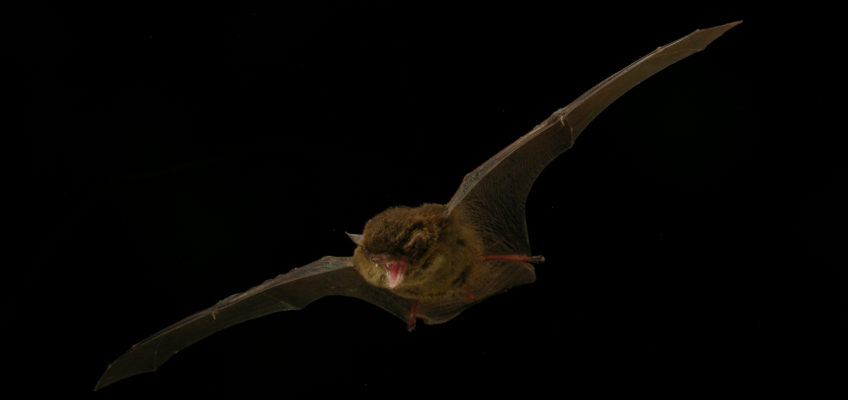Vespadelus regulus
Weighing about 5 grams, this small bat has reddish brown to grey fur on it back that is disctinctly darker at the base. The belly fur is pale. Ears and wings are grey. The head had no ridge from the top of the skull to the nose – this distinguishes it from other Vespadelus species. Southern forest bats hibernate during winter.
Habitat
Roosting in tree hollows, this species can form colonies up to 100 individuals. Males tend to roost separately from females, except in mating season. They can be found in houses where there are insufficient available tree hollows. They can be found in vegetation communities from rainforests to mallee and open woodland. Sensitive to extreme forest fragmentation, they will not be found in small stands of remnant vegetation or along vegetation corridors. They have great aerial agility and this helps them hunt prey while flying through forested areas and in the understorey.
Breeding
Females give birth to one young in early summer after forming maternity colonies in spring. Young are weaned after 6 weeks.
Predators and Threats
Owls and hawks. Loss of tree hollows and habitat, modified fire regimess.
Photo: Michael Pennay
Sources:
Churchill, S. (2008) Australian Bats (2nd Edition). Allen and Unwin, Sydney.
Hall, L. (2009) Bats, A Wild Australia Guide. Steve Parish Publishing, Queensland.
Atlas of Living Australia


